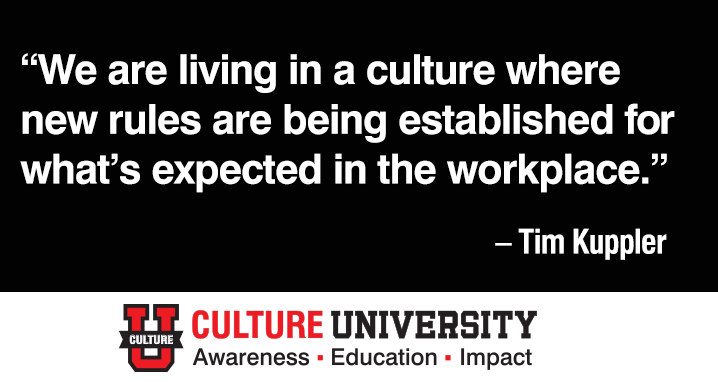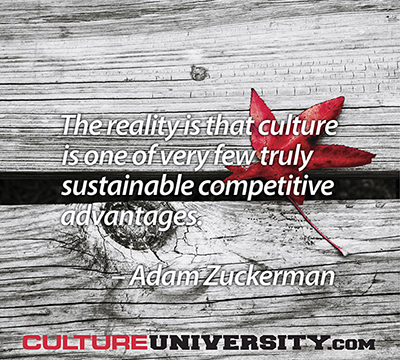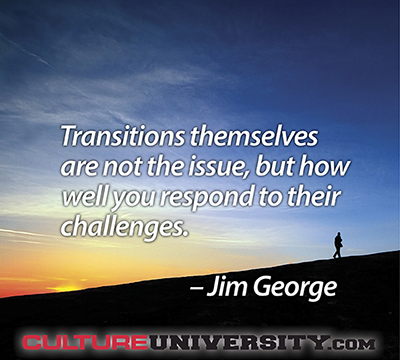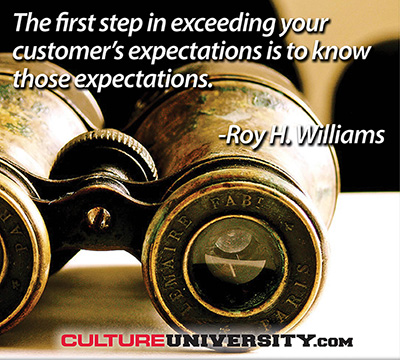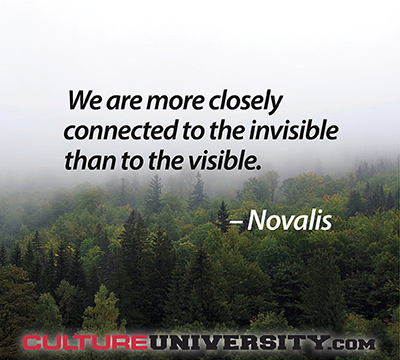Almost every organization wants to increase accountability, yet the road to an accountable culture is often rocky, narrow, and slippery. Most executives can quote books, articulate models, and share statistics about accountability, yet the gap between knowing and doing remains wide.

Positively impacting society on a global scale through culture awareness, education and action.
The mantra of work these days is to do more with less, which means companies are hyper-focused on hiring and fostering highly productive employees. What companies should really be striving for is authentic, true employee engagement with a culture that supports it.
Competing and winning can be very satisfying and even just taking part is often a terrific experience. “Competition brings out the best in people,” or so the adage goes. But what if the culture of your workplace was all about competition?
Organisations who courageously confront the challenges of the 21st century will survive, thrive, flow and flourish by developing an organisational culture that interprets and applies failure as a manifestation of exploration and learning, rather than trying to avoid or out-think it!
Leader development includes getting to know self, confronting the shadow side, and facing ourselves. This is no small task but neuroscience shows that what has been hardwired can be rewired.
The business case for creating a trustworthy culture continues to be made, yet, it is rarely acknowledged let alone implemented. It not only requires leadership acknowledgement but also the acceptance and application of the essential principles upon which a foundation of trust can be built.
If you put age and religion aside, a person’s ability to deal with uncertainty depends not so much on the external circumstances, but on what they make of the circumstances in their thinking. Our thoughts create our experience of life.
Getting culture defined correctly matters, because a lot of time and resources are poured into things that are falsely labeled culture – and when the real issues aren’t being addressed, there won’t be real results.
When change fails, it’s usually because the status quo culture was too large of a barrier. Status quo is a powerful force that always opposes change. Status quo is another way of understanding culture. The underlying beliefs and behaviors of an organization resist change without intentional focus on culture as part of the change approach.
Have you ever wondered why the changes you tried to bring to your organization were not successful? Maybe it was simply because you missed a level of change required. To be effective, change must happen simultaneously at the organizational, team, and individual levels. This applies to any kind of change but is particularly important in the case of shifting culture.
This milestone post is a salute to passionate and experienced culture and performance change agents. You understand the power of culture in organizations and the challenge, frustration, restlessness, and exhilaration inevitably linked to intentional culture-related action. We’re living in the absolute best time in history to be involved in meaningful culture change. Culture is finally a topic of discussion in most organizations, and we need to make the most of it.
Until you understand what culture is and how it is driving your business the wrong way, learning how to change it to significantly improve results will be challenging. Why? Because the old, “Stupid or not, that’s the way we do things around here” will just keep re-emerging.
There is nothing more exciting than the moment a new leader is announced. Employees Google her/his name, wondering what she/he will do to change the organization. A new leader brings new ideas. She/he offers a new vision. They may even help the organization imagine better ways to remain relevant and thrive in the future.
CEOs transition into organizations thousands of times each year across for- and not-for-profit sectors. How often new CEOs arrive, their tenure, and the rate at which they succeed in achieving a new vision versus failing to meet board expectations have been well-reported and even studied in academia—the results are stunning.
Ask 10 random people in your organization “Who is our customer?” How many different answers would you get? Ideally, the answer is the same. There is only one customer. Your strategy, resources and goals and objectives must be aligned around a singularly defined customer.
Lack of customer clarity creates organizational challenges that extend far beyond customer service. A lack of clarity and alignment about the customer leads to confusion and uncertainty about critical organizational priorities. A consistent definition of customer can break down silos, unlock lost productivity, and empower your people.
Edward Stack, CEO of Dick’s Sporting Goods one of the largest United States retailers took a bold stand to no longer sell assault rifles. In addition, they will only sell guns to those 21 years and older. At a time when the country is divided over second amendment rights, gun control, and public safety, why would a company like Dick’s make such a decision? Was it the discovery that Nikolas Cruz the 19-year-old responsible for the Florida attack had purchased a gun from Dick’s previously? Was it because of the millennials protesting gun violence? What are the cultural implications? These answers can be found by looking at how the environment influences decision-making, public opinion, leadership, and culture.










